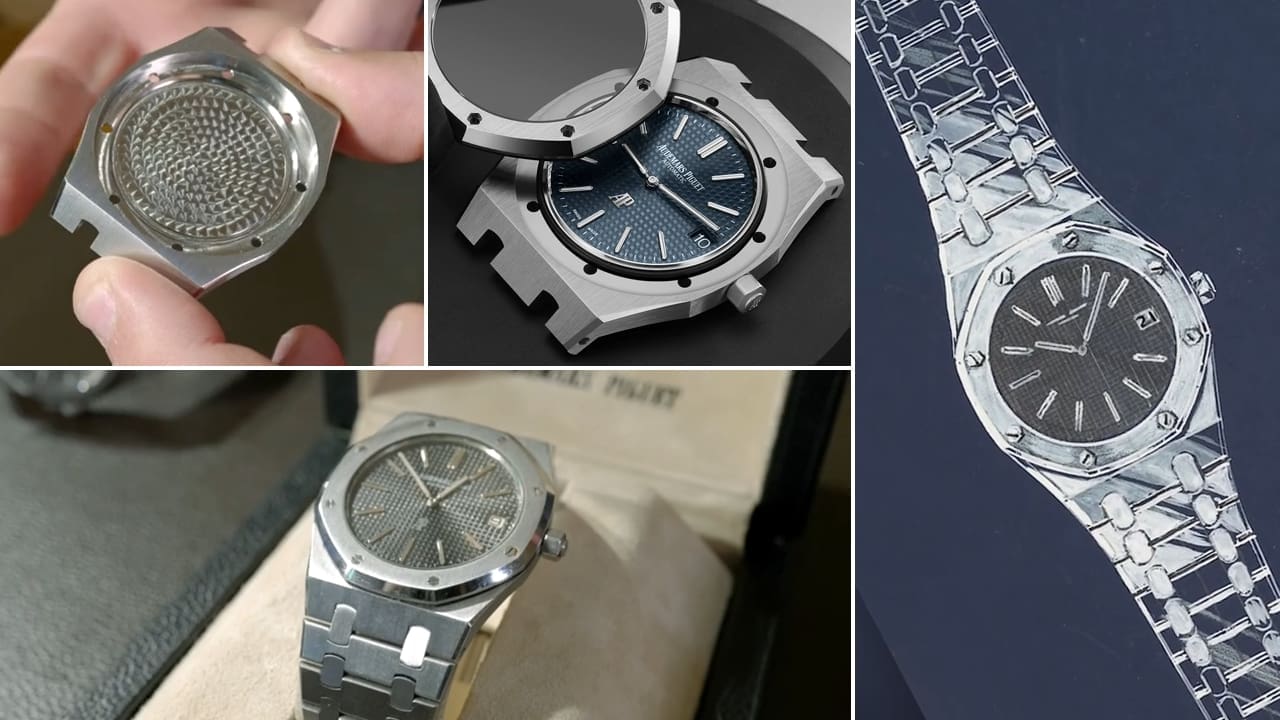VIDEO: The truth behind the Royal Oak’s construction
Fergus NashDespite being over 50 years old, the Audemars Piguet Royal Oak has never ceased to be a thought provoker. Even though the signature octagonal design has well and truly been accepted into the collective consciousness of watch design, having thousands of copies and homages, there are still so many mysteries surrounding how the physical object came to be. Instead of relying on the network of rumours and half-truths, Andrew visited Audemars Piguet at their home in Le Brassus, Switzerland to get some solid answers. With the help of genuine Royal Oak components and large-scale models, you too can learn how the world’s most famous luxury steel sports watch is put together, and how the hell they align those bezel screws.
The principle of Occam’s razor is often paraphrased as ‘the simplest solution is often the best’, and that is very much the case with the bezel screws of an Audemars Piguet Royal Oak. Of course, it’s impossible to screw a perfect hexagon down into a hexagonal hole, so the screws are manufactured to slot in first, and then be tightened from the back. The back of a Royal Oak, especially a vintage one with no exhibition window, might look like it has a screw-on caseback, but in fact the back and sides are part of one singular case component.
There is debate over whether the Royal Oak can be considered a true ‘monohull’ case, as the bezel itself is a separate part that clamps down on a rubber gasket to provide the watch its water resistance. Although it’s a fairly outdated method of water resistance now, the Royal Oak is also famous for using the biggest singular gasket of any watch in the world, and it’s fascinating to see it laid out in pieces. The other unique feature is that the Royal Oak is always considered as an integrated bracelet watch, however the bracelet does actually unscrew which gives it a lot more flexibility. For more secrets and details about the Audemars Piguet Royal Oak’s origins, be sure to watch the video on Time+Tide’s YouTube channel.






